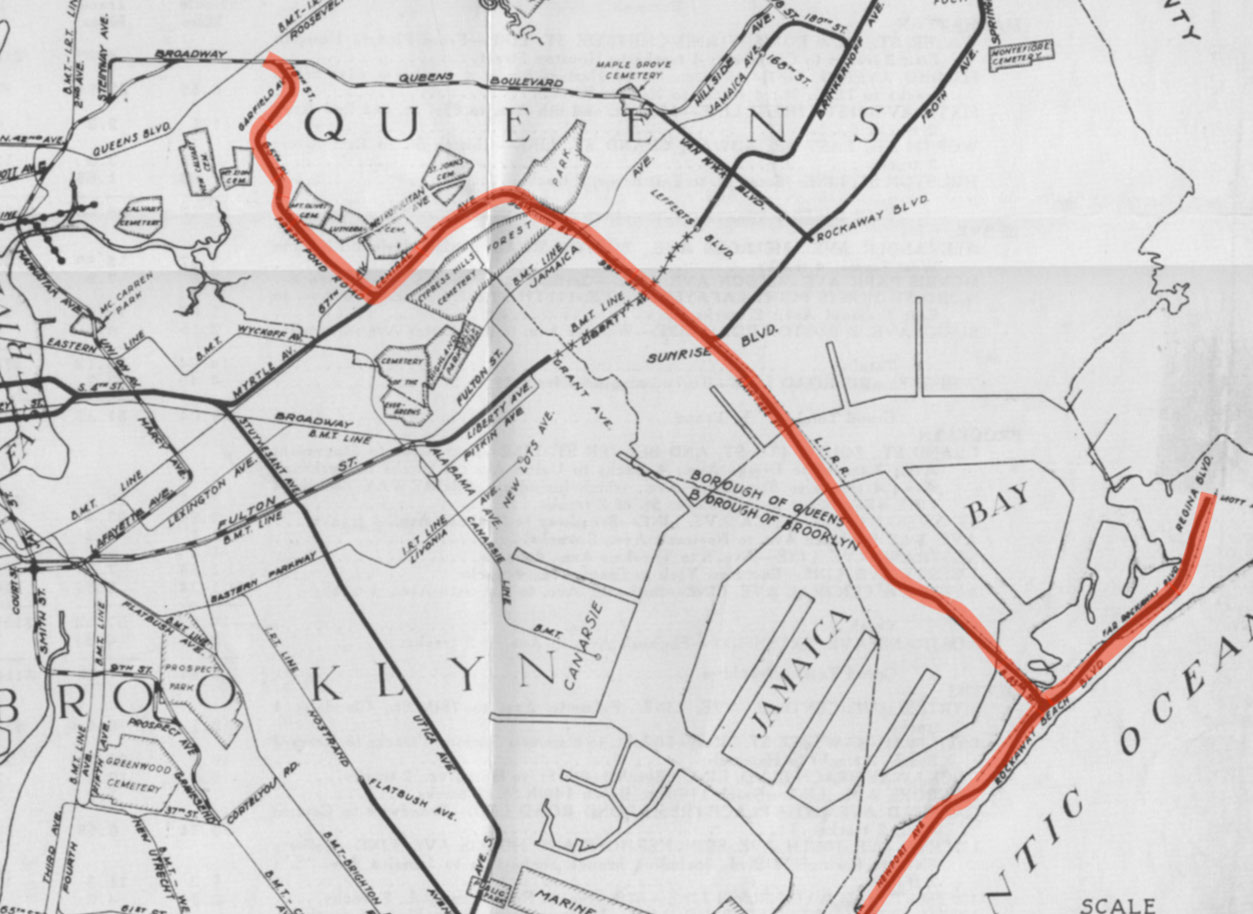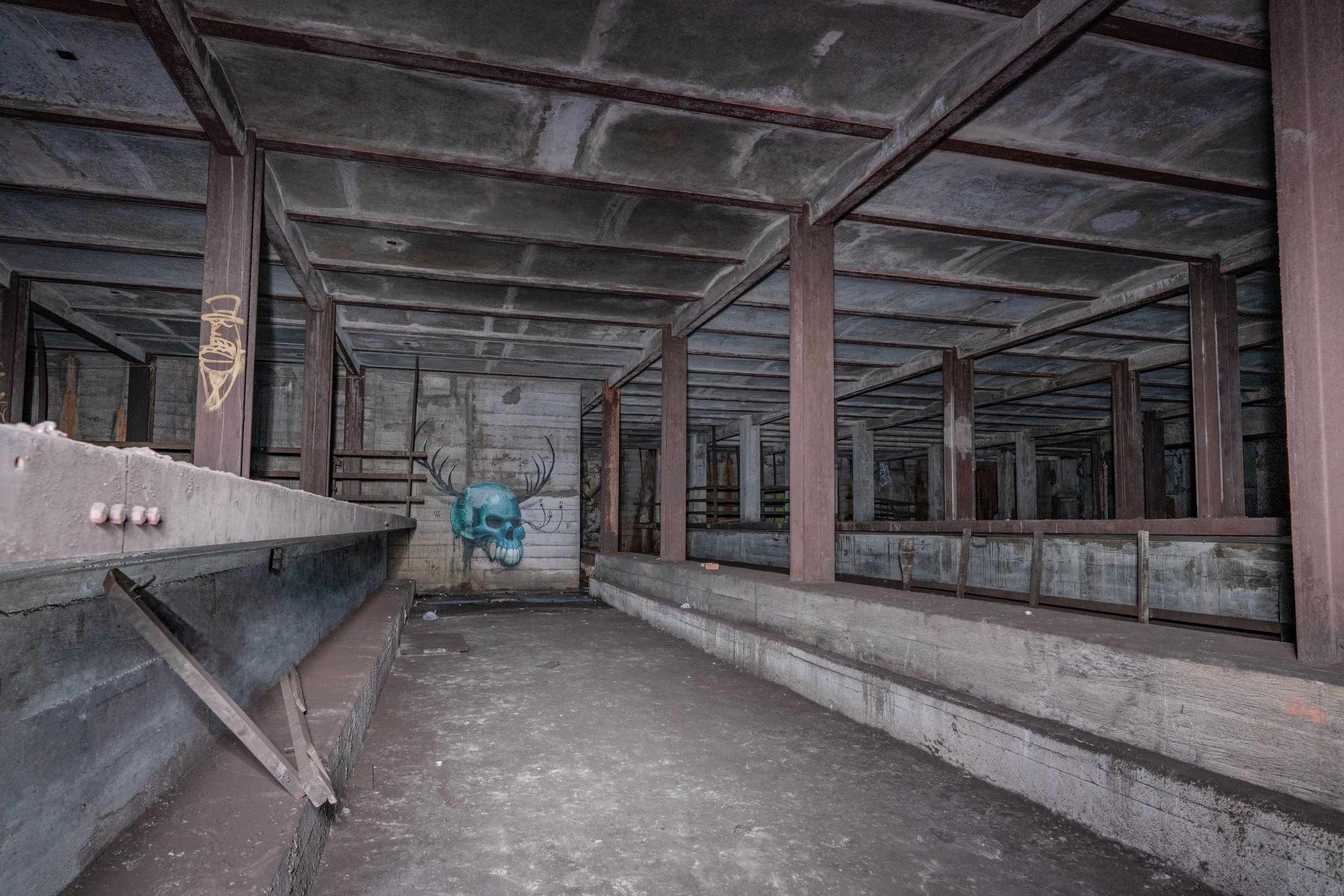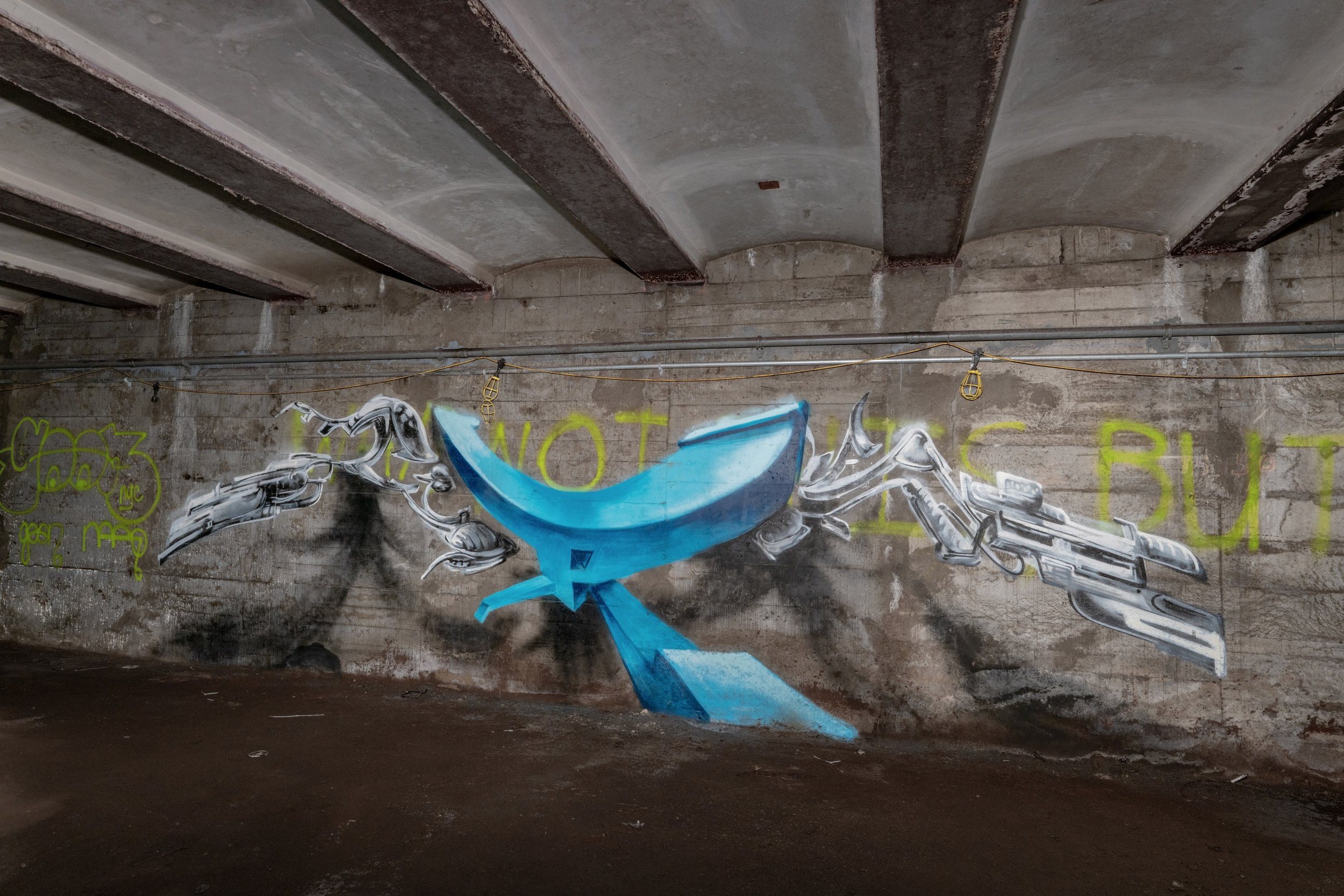While this spot serves as an important underground yard for one of the most important lines in the system, it is rarely photographed. The MTA tends to be protective of the most important underground layups, especially tail tracks (tracks that extend past a terminal station, increasing the line’s capacity). This specific layup/train relay turns Jamaica bound F trains back towards Manhattan and Brooklyn, along with select E trains during peak hours. It is the largest tail track layup in the system, with 2 levels of 4 tracks, giving it a turning capacity of over 60 trains per hour.
However, the reason for what could be seen as the overbuilding of this tunnel is the extension that was proposed for the IND Second System. The upper level was supposed to extend further down Hillside Ave all the way to Little Neck Rd; later down to Springfield Blvd. This extension deep into eastern Queens would have been highly beneficial to people living on or about Hillside Ave, and would have relieved what are now rather crowded buses and overwhelming traffic. There have been theories that the city actually did build a tunnel further under Hillside Ave, past the concrete wall at the end of the layup.
The Awaken team went to see if these theories had any grounding. I can say conclusively, after walking down Hillside Ave for about 3 miles (all the way to 232nd St) on a rather hot summer afternoon, checking the whole street and looking for signs of a tunnel, and also going down and inspecting the end of the layup, that there is no sign of any subway tunnel having been constructed past the end of the layup.
The actual tunnel isn’t very different from any other Queens Blvd tunnel, with the classic IND cut-and-cover box design and lots of brown snow. Notably, there is a lack of graffiti, aside from a few small tags here and there from legends such as Smith. A lack of heavy tagging tends to be a sign that a tunnel is special in some way, and I would say that this tunnel was no exception.







































































